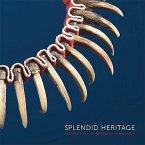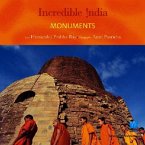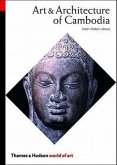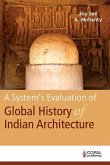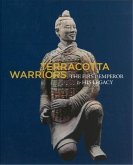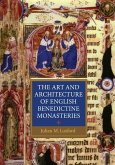Alamkara is a Sanskrit word for ornamentation or decoration. This book examines ornamentation in the context of Indian objects made for use in domestic, courtly, and religious settings. Three essays and a catalogue section develop this notion. From the exhibition: >The exhibition was thematically arranged, covering 5000 years of Indian art woven around a recurrent theme of decoration, Alamkara. The first section introduced the civilisation from Indus-Sarasvati cultures through sculptural development to fully developed temple forms with sculptures displayed in their design context. The idea of ornament was developed further to explain its aesthetic and artistic meaning and ramifications in various media. A whole section on ornamentation showcased jewellery, textiles and costumes for men, women and children along with contextual paintings to elaborate their historicity. The artefacts were further divided into more lifestyle-based themes such as from pot to plate, adorning the self, the pursuit of pleasure, the heroic ideal, kings, courtiers and craftsmen, mortal women celestial lovers and streams of devotion. These sections elaborated using a collection of artefacts based on their function and usage, the ideas of food, adornment, games and leisure activities, lovers and the world of women and religions practiced on the Indian subcontinent. The star piece of the religion section was a relic of Buddha, excavated from a site called Piprawah. These relics were honorably displayed on a platform which visitors could circumambulate. A large pillared hall evoking the Ellora buddhist caves from 7th-9th century in western India was the model for the religion gallery display. A large court interior was also evoked using tent panels, quilts, cushions and umbrellas with decorative huqqas and silverware.


